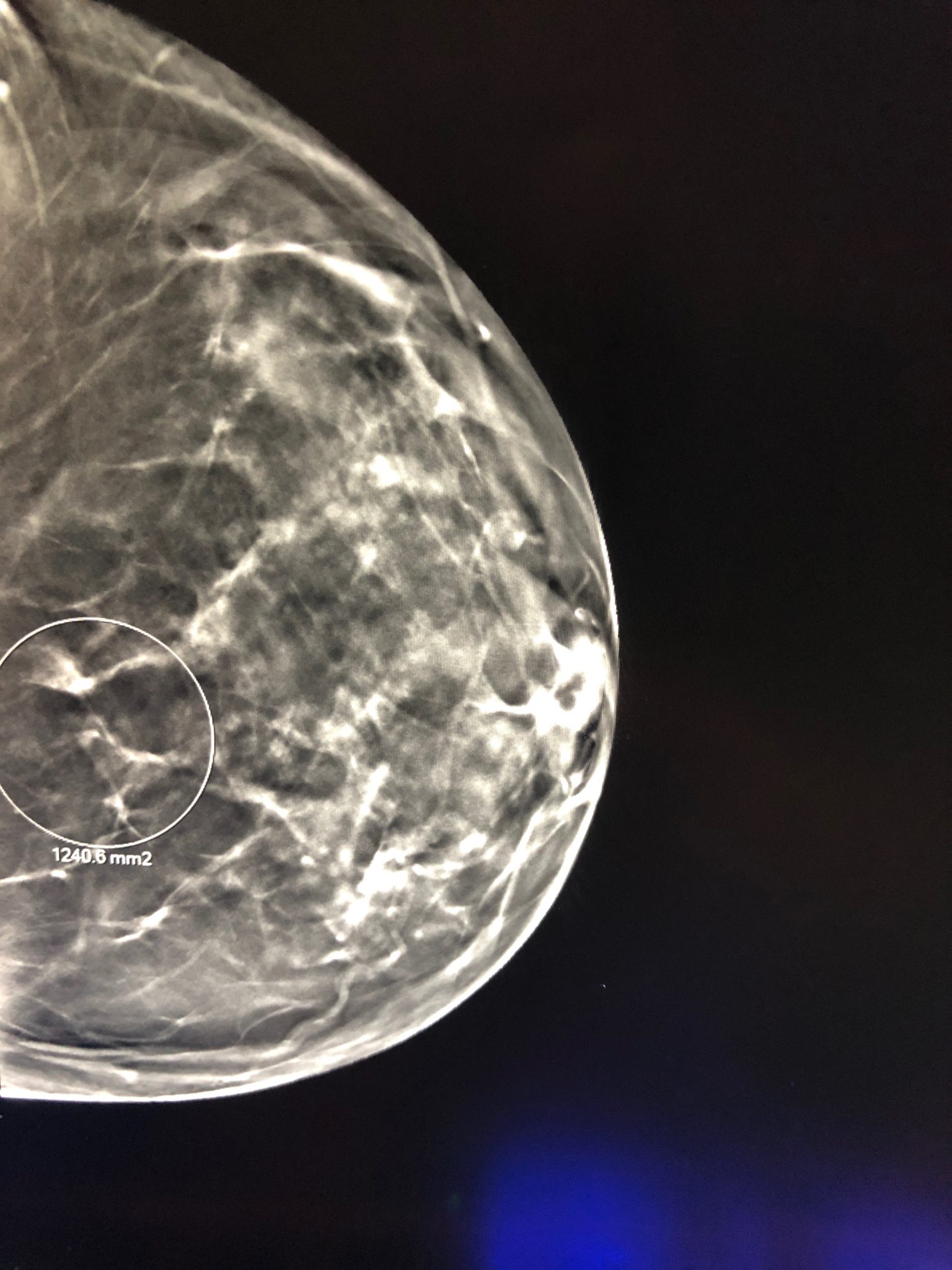
Diagnostic breast imaging is the nexus between screening mammography and procedures. It is that step where a breast imager has already made the screening finding but needs to figure out what to do next before an invasive procedure. So, why do I bring up this point?
At our residency program, we are currently restructuring rotations in the expectation of a newly merged program. And, more specifically, we recently started discussing the breast imaging rotation. So, we are communicating with our residents about the best ways to do so. (Their input is critical!) Recently, I took the chief resident aside to discuss the best way to accomplish this task. In the midst of it all, he stated, “we can just have our residents do screening mammograms and procedures, right?”
I paused for a moment and reflected. Then, I exclaimed, “Uh, no!” Why? Well, herein, let me show you why reading diagnostic breast imaging is, perhaps, the most critical element of breast imaging training. Screenings and procedures alone are not enough!
Mammo’s All About The Management
Unlike other specialties in the field of radiology, the main decisions that we make in mammography are not diagnostic dilemmas. And, the diagnostic mammogram is where the rubber meets the road. Here, our big choice is what to do next. For instance, in a case with a complex cyst, you need to decide between biopsy, six-month follow-up, or MRI. The answer can depend on the context of the breast imaging findings and the patient’s personality. How do you know how to make those decisions? You need to have the experience of what to do next. That’s how!
Off The Cuff Decision Making
With diagnostic mammography, mammographers need to make decisions in a short time frame. You have a patient waiting for your answer as they lie on a table waiting for you to hand down your final decision. With screening mammography, you have lots of time to mull everything over. But diagnostic mammography is very different. It’s real-time. And real-time decision making can be hard. Especially when you have had little practice. Patients can get angry fast if you don’t make responsible and reasonable decisions. It shows!
Management For Mammo Is Very Flexible- Can’t Learn In It A Book
In many specialties, the protocols do not vary at all. Diagnostic mammography is very different. For the claustrophobic patient, you may need to avoid the use of MRI. On the other hand, you may have a nervous patient that would benefit the most from an aspiration because she can’t handle the wait. The only way to discover the appropriate individualized management for each patient is to make those decisions. And, I have never found any book that can adequately describe the techniques to make these decisions. It’s one of those specialties that you have to live to practice!
Need To Learn Appropriate Interactions With Patients
Finally, diagnostic breast imaging is one of those skills that hinges upon appropriate interactions. A patient encounter can go sour very fast if you do not appear competent. How do you address recommending a biopsy with a crying patient? Or, how do you scan a patient with a mass when you don’t know what it is? You learn these patient interactions only when you are practicing the art of diagnostic breast imaging. Skipping this step will surely make life difficult if you practice breast imaging when you begin a new job.
Diagnostic Breast Imaging Training: More Than Just Optional!
To become a breast imager in practice, you can’t get away with reading only screening studies. That will only get you a part of the way to understanding the role of breast imaging for patient care. Additionally, learning technical procedures, although crucial for full-time breast imagers, may or may not need to be part of your repertoire. However, every breast imager must be able to make competent decisions on how to manage patients. And, the only way to learn management is to have practiced diagnostic breast imaging. If you have the choice, don’t skip this step!







